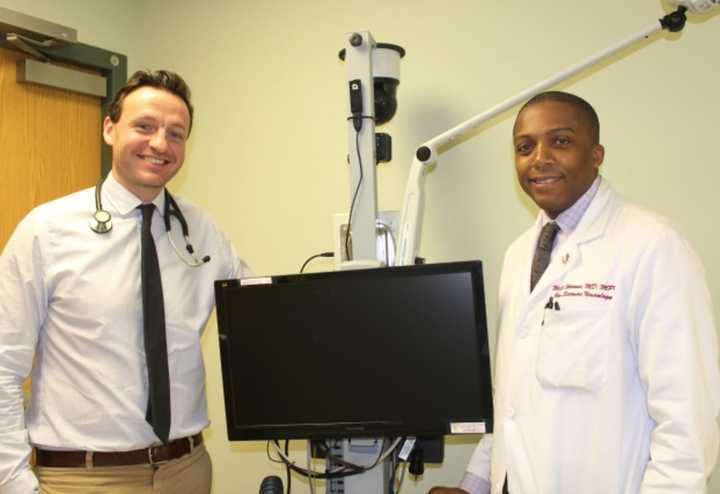Uncontrolled epilepsy affects more than 1.2 million Americans, often requiring several treatment attempts and examinations to be able to identify their actual neurological condition. Some patients experience seizure-like episodes but need to determine if they have epilepsy or if something else is causing their symptoms. Other patients have non-epileptic seizures that stem from heart or blood-vessel disease, or from emotional stress. These conditions all have their own specific therapy recommendations, so it is very important to get the diagnosis correct. The continuous, inpatient EEG data the Good Samaritan Hospital program provides, streamlines this process by revealing the full picture of a patient’s brain activity.
“It is very complicated to get an accurate diagnosis of a neurological episode, but the best way to capture and understand the event is through an inpatient EEG. Seizures can be subtle and non-convulsive, so being able to directly monitor the patient in-person is imperative. We can make real-time medical observations and adjustments which lead to more precise diagnoses and treatments,” said Mill Etienne, M.D., Director of the Epilepsy and EEG Laboratory at Good Samaritan Hospital. “This monitoring is often the first step towards a patient becoming free of disabling seizures which can lead to significant improvement in their quality of life.” Dr. Etienne is an expert in EEG monitoring and is board-certified in Brain Injury Medicine, Clinical Neurophysiology, Epilepsy and Neurology.
An electroencephalogram (EEG) is a safe and painless test that measures and records the electrical activity of the brain by using sensors (electrodes) attached to the head and connected by wires to a computer. Good Samaritan Hospital’s new Inpatient EEG Monitoring Program has several advantages over an ambulatory EEG exam.
The continuous in-hospital monitoring allows for analysis of both the clinical and electrographic features in real-time. Physicians and nurses who are trained specifically in EEG monitoring may detect seizure activity on the screen or notice a change in a patient’s behavior in the room and they can intervene immediately. They can also maintain accurate monitoring placements as the electrodes often shift in a patient’s sleep. This can be very important for characterizing impaired awareness and identifying subtle differences between conditions that could go unexplained using only at-home EEG monitoring.
The program has been bolstered by the recent addition of neurologist and epileptologist, Dr. Steven Smith, to the Bon Secours Medical Group. Dr. Smith specializes in clinical neurophysiology with a particular emphasis in EEG, seizure disorders, and epilepsy and is board-certified in neurology and epilepsy. The Good Samaritan Hospital Inpatient EEG program is now accepting new patients, for more information or to make an appointment, please contact 845-368-8808.
Click here to follow Daily Voice Stony Point and receive free news updates.
